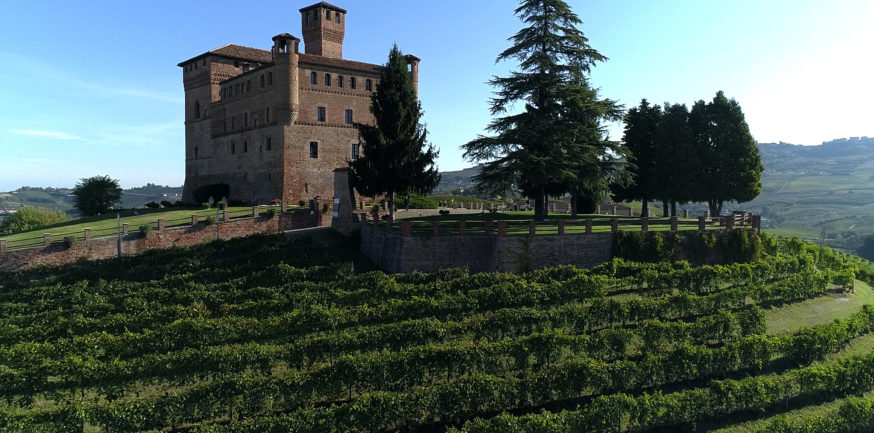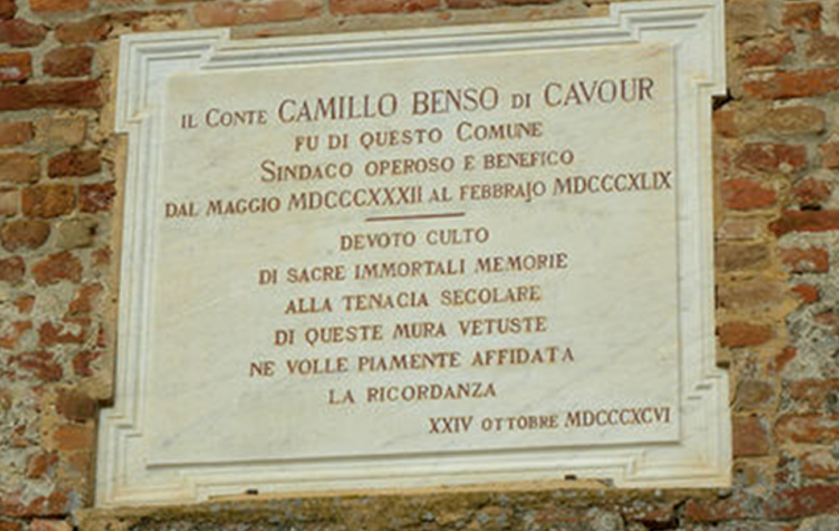The vineyard below Grinzane Castle represents one of the most important and noble legacies in the history of Barolo wine.
Dating back to the XIII century, the finely restored building stands proudly within the Vineyard Landscape of the Langhe, Roero and Monferrato awarded Unesco heritage site status in 2014. It is home to a Piedmontese Regional Enoteca, a Museum of local life and the Order of Knights of the Truffle and Wines of Alba. For some years now it has also housed a celebrated restaurant, and the Alba White Truffle Auction is held in the Castle each year.
The lower slopes of the hill the castle stands on have been occupied for centuries by vineyards, and it was here in the first half of the 1800s that experiments began on the growing and vinification techniques that led to the production of Barolo as we know it today.
The champion of this was the castle’s most illustrious resident, Turin born Camillo Benso, Count of Cavour, the distinguished statesman of the Kingdom of Savoy and leading player in the Italian Risorgimento, the movement that brought about the unification of Italy. A farming fanatic, ever since his youth Cavour had returned several times to live in Grinzane, where he worked in close association with the nearby Falletti di Barolo family.
The Count’s presence here and his major achievements led to the decision taken by the inhabitants of the village of Grinzane to add the name of their celebrated fellow citizen to its name.
In 1932, the castle and adjoining property were donated by Cavour’s last heir to the town of Alba, which Grinzane had become an outlying district of. Since 1979 their ownership and administration have been shared by the municipalities of Alba and Grinzane Cavour, which in the meantime had reverted to being self-governing.



